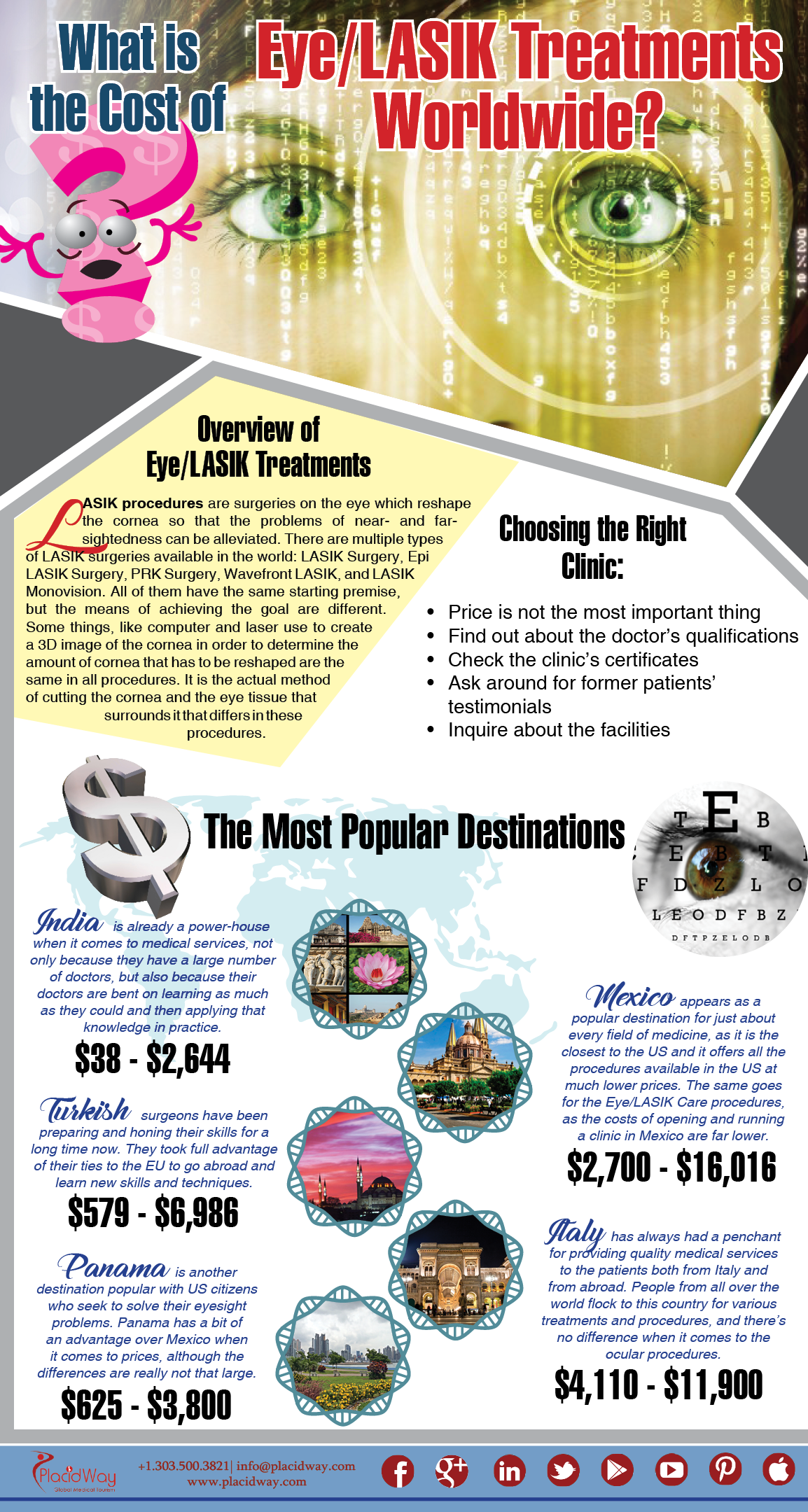Published By-Bateman Worm
As a parent, you could wonder when your kid ought to see a pediatric eye doctor. It is essential to identify the signs of possible vision problems, like squinting or regular headaches. You'll intend to see to it your kid obtains the ideal analyses at key ages. Recognizing these standards can aid you take aggressive steps for their visual health. However what details signs should you try to find, and what solutions are available?
Common Indications of Vision Troubles in Children
When you observe your kid squinting, massaging their eyes, or battling to concentrate on distant things, it might be time to consider their vision health and wellness. Pediatric Strabismus Surgery can indicate underlying concerns that require focus.
You may additionally see them preventing reading or close-up tasks, often turning their head, or suffering frustrations after school. If your kid appears quickly sidetracked or has trouble complying with relocating things, it might signal a vision problem as well.
Additionally, if they usually cover one eye or experience difficulty with deepness perception, it's vital to act. Being positive about these signs can lead to timely treatments, ensuring your kid's vision develops appropriately and supporting their learning and everyday tasks.
Do not hesitate to get in touch with a pediatric ophthalmologist if you're worried.
Age-Specific Standards for Eye Examinations
Eye examinations are vital at various stages of your kid's advancement, and understanding when to schedule them can make a big distinction.
For babies, it's recommended to have their very first eye test at 6 months. This assists catch any possible issues early on.
As your child approaches age three, an extensive examination is important to assess their vision and eye positioning.
Once they start school, around age five or six, guarantee they've an additional examination to check for vision changes that can affect understanding.
Afterwards, regular eye tests every one to two years are generally adequate, unless your youngster has particular issues or danger elements.
Staying positive with these guidelines aids preserve your child's aesthetic health for a lifetime.
Solutions for Usual Pediatric Vision Issues
Resolving typical pediatric vision problems early can dramatically enhance your youngster's lifestyle and learning experience.
If your kid struggles with nearsightedness or farsightedness, corrective glasses or contact lenses can help them see plainly.
For problems like amblyopia (lazy eye), therapies like patching the stronger eye can enhance vision in the weaker one.
If your youngster has actually strabismus (gone across eyes), alternatives like vision treatment or surgical procedure may be required to align the eyes.
Read More Listed here are important for monitoring these conditions and adjusting treatments as required.
Motivate healthy eye habits, like limiting display time and making sure correct lights while analysis.
Final thought
In conclusion, keeping an eye on your kid's vision is essential. Keep in mind to arrange their very first eye test by six months, and follow up at age 3 and about 5 or 6. If you notice indications like scrunching up your eyes or problems of frustrations, do not wait-- consult a pediatric ophthalmologist. Early detection and tailored options can make a significant difference in your kid's visual health and overall well-being. Take action now to guarantee they see the world clearly!

